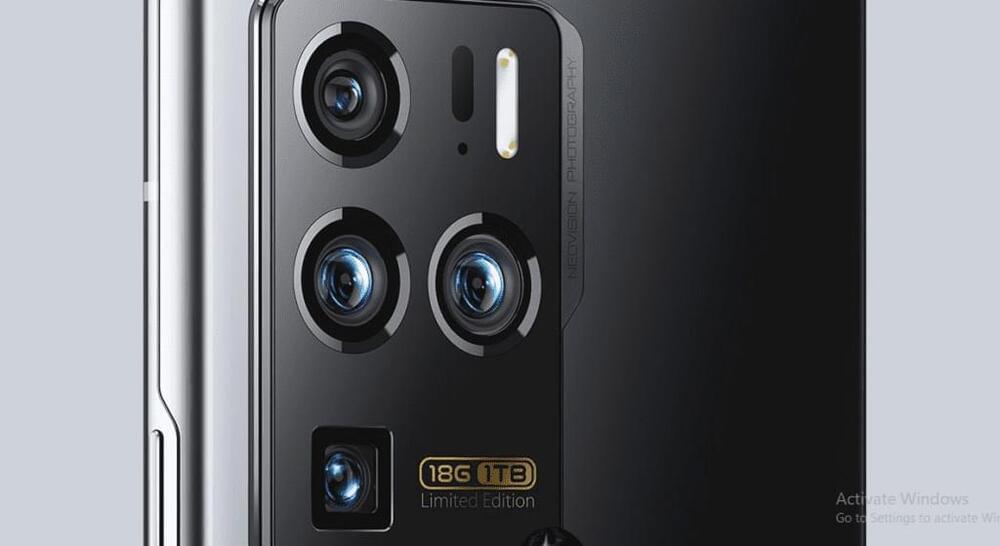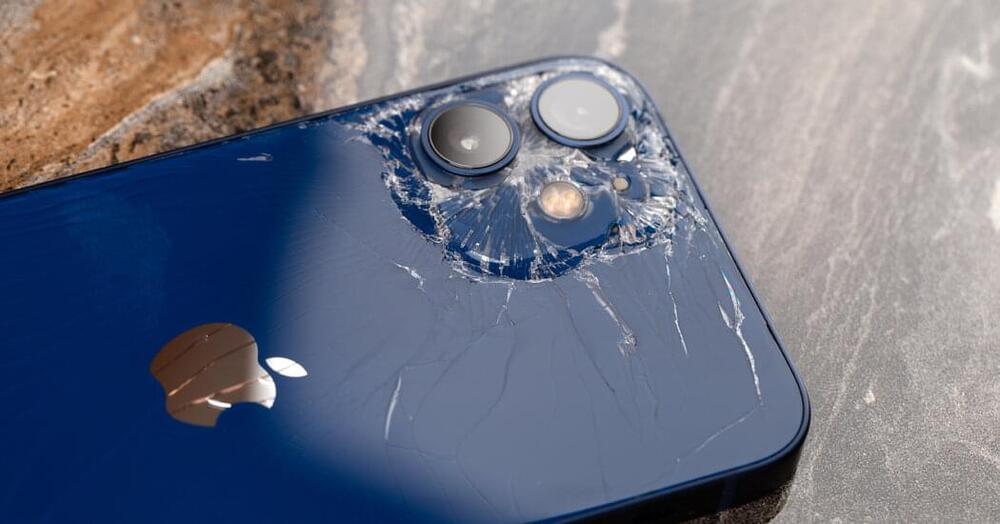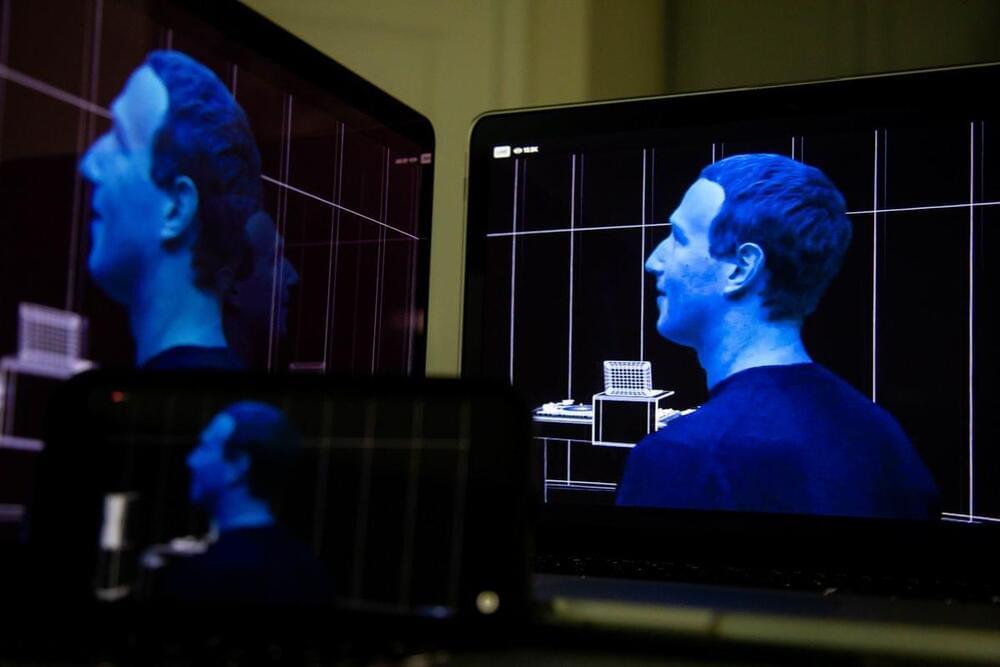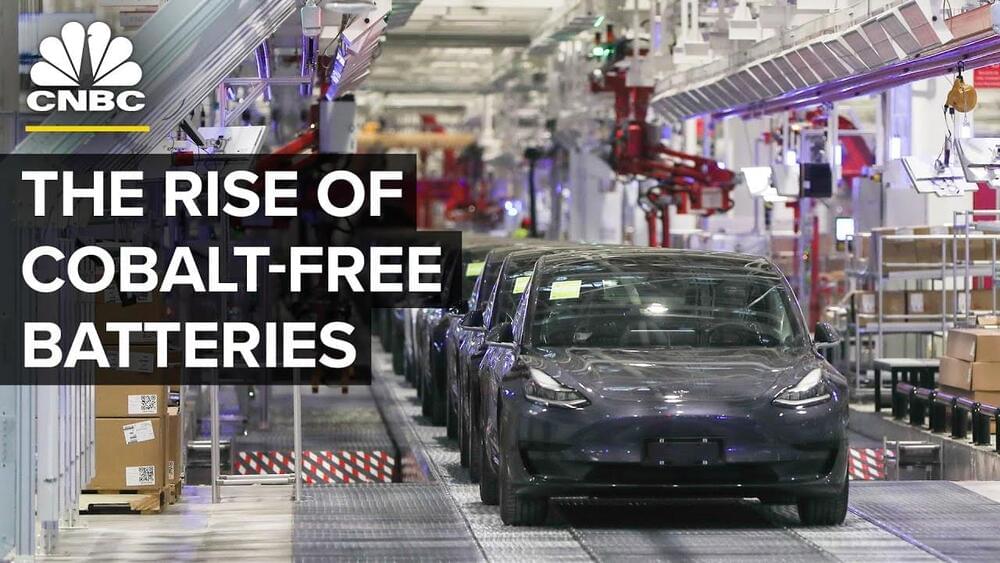Today, ZTE Mobile announced that it will release the ZTE Axon 30 Ultra aerospace version on November 25. The smartphone will be endorsed by Liu Haocun, the heroine of Zhang Yimou’s movie “One Second”. The main highlight of this smartphone is that it is the world’s first smartphone with 18GB RAM. However, this memory capacity can get to over 20GB RAM. Furthermore, this device will also come with 1TB of internal storage. This is currently the flagship smartphone with the largest memory and storage capacity in the industry.
Category: mobile phones – Page 103
Apple delivered an early holiday gift to the eco-conscious and the do-it-yourselfers: It said it would soon begin selling the parts, tools and instructions for people to do their own iPhone repairs. It was a major victory for the “right to repair” movement.
Apple said it would soon provide parts, tools and manuals to those who wanted to fix their own iPhones and Mac computers.
Rumors that Tesla is indeed making a smartphone were bolstered after the world-famous design studio ADR released concept images (in a video). This made people wonder: Is Tesla going to go after the iPhone — or simply create an entirely new market segment, such as a true-to-form satellite phone that works where traditional WiFi or 5G services are absent, and able to mine cryptocurrencies anywhere, including on the planet Mars?While speculations abound, there are numerous unanswered questions, such as: how much would it retail for? Does it have a sim card? What’s the monthly charge for using Starlink? Can I buy one, without first buying a Tesla EV? Its release date is a closely-guarded secret. A Starlink antenna is being taken out of the box. Tech publications have leaked images of the new device supposedly out of the EV maker, including some details of what it can do.
Qualcomm is diversifying from mobile phones, to supplying chips for BMW’s self-driving cars.
#News #Reuters #BMW #Qualcomm #SelfDriving.
Subscribe: http://smarturl.it/reuterssubscribe.
Reuters brings you the latest business, finance and breaking news video from around the globe. Our reputation for accuracy and impartiality is unparalleled.
Apple and Meta are heading toward a collision course around wearables, AR/VR headsets and home devices. Also: Netflix and Apple mend fences around billing, Tim Cook talks cryptocurrency, and a new Apple Store is coming to Los Angeles. Finally, the App Store is dealt a loss in court.
For the past decade or so, Apple Inc.’s chief rival was considered to be Google. The two have gone toe-to-toe in smartphones, mobile operating systems, web services and home devices.
The next decade, however, could be defined by Apple’s rivalry with another Silicon Valley giant: Meta Platforms Inc.—the company known to everyone other than its own brand consultants as Facebook.
Physicists just put Apple’s latest iPhone to shame, taking the most detailed image of atoms to date with a device that magnifies images 100 million times, reports. The researchers, who set the record for the highest resolution microscope in 2018, outdid themselves with a study published last month. Using a method called electron ptychography, in which a beam of electrons is shot at an object and bounced off to create a scan that algorithms use to reverse engineer the above image, were used to visualize the sample. Previously, scientists could only use this method to image objects that were a few atoms thick. But the new study lays out a technique that can image samples 30 to 50 nanometers wide—a more than 10-fold increase in resolution, they report in. The breakthrough could help develop more efficient electronics and batteries, a process that requires visualizing components on the atomic level.
Smartphones have become old technology by now and is soon going to be replaced by the next big thing. Vuzix has created the first lightweight Smart AR Glasses that can project holograms at high contrast while still looking like regular glasses.
The Vuzix next generation smart glasses feature futuristic micro-LED display technology to project augmented reality images onto the glasses. You can interact with virtual objects and more. Companies like Apple and Facebook will soon follow with their own variations of AR Glasses due to them soon replacing smartphones as the main medium of interaction as they phones become obsolete.
–
If you enjoyed this video, please consider rating this video and subscribing to our channel for more frequent uploads. Thank you! smile
–
#vuzix #smartphones #augmentedreality
According to real patent-based renders.
With Apple remaining tight-lipped on the Apple Car, another company decided to bring us the closest thing to an official reveal. Vanarama, a car-lease broker based in the U.K., has developed an incredibly detailed series of renderings of the Apple Car based on real Apple patents, a report from Digital Trends reveals.
The rumor mill surrounding the Apple Car has been going for several years now, though speculation reached new levels last year when reports emerged that the tech giant could produce its own electric vehicle (EV) by 2024. Earlier this year, the announcement of a partnership between EV automaker Fisker and iPhone manufacturer Foxconn added fuel to the fire.
Cobalt has been getting a lot of attention lately because it is one of the most expensive materials found in lithium-ion batteries, which power everything from laptops and cell phones to electric vehicles. Cobalt extraction is largely concentrated in the Democratic Republic of Congo, where it is linked to human rights abuses and child labor, while cobalt refinement is almost exclusively done in China, making cobalt part of a tenuous supply chain. These are some of the reasons why battery manufacturers like Samsung and Panasonic and car makers like Tesla and VW, along with a number of startups are working to eliminate cobalt from lithium-ion batteries completely.
» Subscribe to CNBC: https://cnb.cx/SubscribeCNBC
» Subscribe to CNBC TV: https://cnb.cx/SubscribeCNBCtelevision.
» Subscribe to CNBC Classic: https://cnb.cx/SubscribeCNBCclassic.
About CNBC: From ‘Wall Street’ to ‘Main Street’ to award winning original documentaries and Reality TV series, CNBC has you covered. Experience special sneak peeks of your favorite shows, exclusive video and more.
Connect with CNBC News Online.
Many of the malware campaigns we have detected over the last year have been global at scale, targeting anyone with little regard to their location. Recently, we discovered and began monitoring the activity behind PhoneSpy, a spyware aimed at South Korean residents with Android devices. With more than a thousand South Korean victims, the malicious group behind this invasive campaign has had access to all the data, communications, and services on their devices.
Unlike other spyware campaigns we have covered that take advantage of vulnerabilities on the device, PhoneSpy hides in plain sight, disguising itself as a regular application with purposes ranging from learning Yoga to watching TV and videos, or browsing photos. But in reality, the application is stealing data, messages, images, and remote control of Android phones. The data stolen from victim devices ranged from personal photos to corporate communications. The victims were broadcasting their private information to the malicious actors with zero indication that something was amiss.
While the victims have been limited to South Korea, PhoneSpy is an example of how malicious applications can disguise their true intent. When installed on victims’ devices, they leave personal and corporate data at risk. With mobile devices playing critical roles in distributed and remote work, it is no surprise that spyware campaigns like PhoneSpy are on the rise.









